Custom clothing is becoming popular for people and companies to express their creativity and present distinctive designs. Screen print transfers and DTF transfers are two common ways to transfer designs to clothing.
To select the best strategy for your unique requirements, you must understand the differences between these two strategies.
This blog post will explore the difference between DTF vs screen print transfers, highlighting their processes, benefits, limitations, and unique applications.
Screen Print Transfers:
Screen printing is a time-tested and popular technique for imprinting graphics on various materials, including clothing.
Making a stencil (or screen) of the pattern is the first step in the procedure, after which ink adheres to the fabric.
Here are some key points about screen print transfers:
Process: Screen print transfers involve the following steps:
- Create a design stencil by applying a light-sensitive emulsion to a mesh screen.
- Exposing the screen to UV light hardens the emulsion, leaving the desired design area open.
- Applying ink onto the screen and using a squeegee to press the ink through the open areas onto the fabric.
- Curing the ink through heat ensures durability.
Also Read: The Key to Beautiful and High-Quality Prints: A Comprehensive Guide
Benefits of Screen Print Transfers:
- Durability and longevity: Screen print transfers offer excellent durability, making them ideal for garments that undergo frequent washing and wear.
- Vibrant and opaque colors: Screen printing ink produces vivid, opaque colors that stand out on many fabric types.
- Suitable for larger production runs: Screen printing is a popular option for big orders because it is very effective in mass manufacturing.
Limitations of Screen Print Transfers:
- Higher setup costs: Screen printing requires the creation of screens for each color in the design, which can lead to higher upfront costs.
- Limited detail and complexity: Screen print transfers may not be suitable for intricate designs or fine details, as the process involves applying ink through a stencil.
DTF Transfers:
Direct to Film (DTF) transfers have emerged as a modern alternative to screen print transfers, offering unique benefits and versatility. Let's dive into DTF transfers:
Process: DTF transfers involve the following steps:
- Printing the design onto special transfer film using a DTF printer.
- Applying a heat-activated adhesive layer to the printed film.
- Placing the film onto the garment and applying heat and pressure to transfer the design.
- Peel off the film, leaving the design on the fabric.
Advantages of DTF Transfers:
- Enhanced detail and complexity: DTF transfers accurately recreate minute details and elaborate designs.
- Compatibility with various fabric types: It adheres well to any kind of surface, including cotton, polyester, blends, and dark-colored garments.
- Cost-effective for small to large-sized runs: DTF transfers don't require screens, unlike screen printing, which lowers setup costs and is cost effective for all kinds of jobs, the larger the quantity, the cheaper it is.

Also Read: All About Heat Transfer Designs Wholesale
Limitations of DTF Prints:
- The higher initial investment for equipment: Setting up a DTF transfer system requires an initial investment in specialized printers, heat presses, and other equipment. This upfront cost may be a limitation for individuals or businesses with budget constraints.
- The learning curve for optimal results: Achieving optimal results with DTF transfers may require some experimentation and practice. Factors such as heat and pressure settings, curing time, and proper adhesive application can affect the transfer quality. It may take trial and error to fine-tune the process and achieve consistent, high-quality results.
What is better DTF or screen print transfers?
Screen print transfers and DTF transfers offer unique applications and solutions to cater to diverse needs. Here are some examples.
Screen print transfers:
- Sportswear and team uniforms: Screen printing is commonly used for printing team logos, player names, and numbers on sports jerseys and uniforms.
- Promotional merchandise: Screen printing enables the cost-effective production of promotional items such as t-shirts, bags, and hats for events, giveaways, or marketing campaigns.
DTF transfers:
- Complex designs and intricate details: DTF transfers shine when it comes to intricate artwork, photorealistic prints, or designs with fine details that require high resolution.
- Personalized fashion and individuality: DTF transfers allow individuals to express their unique style by transferring personalized designs, photos, or artwork onto garments.

Conclusion:
DTF transfers and screen print transfers both have their advantages when it comes to bespoke garments.
Durability, brilliant colors, and big production runs are strong points of screen print transfers. On the other hand, DTF transfers provide greater detail, adaptability, and affordability for shorter runs.
You can choose wisely depending on your unique needs by knowing how these two strategies differ.
In terms of wholesale DTF transfers, dtfnc.com is a dependable provider whether you go for screen print transfers or DTF transfers. It provides high-quality solutions to your custom apparel needs.
Frequently Asked Questions (FAQs):
Q: Can you use screen print transfers on dark-colored fabrics?
A: Screen print transfers work well on dark-colored fabrics, providing excellent color opacity.
Q: Are DTF transfers only suitable for specific fabric types?
A: DTF transfers can be applied to various fabric types, including cotton, polyester, and blends, making them versatile for different garment choices.
Q: Can screen print transfers achieve gradients and intricate details?
A: While screen print transfers can achieve some gradients, intricate details, and fine lines may be challenging to reproduce accurately compared to DTF transfers.
Q: Can you order small quantities of screen print transfers?
A: Screen print transfers are generally more cost-effective for larger quantities due to setup costs. However, some providers may offer options for smaller orders.



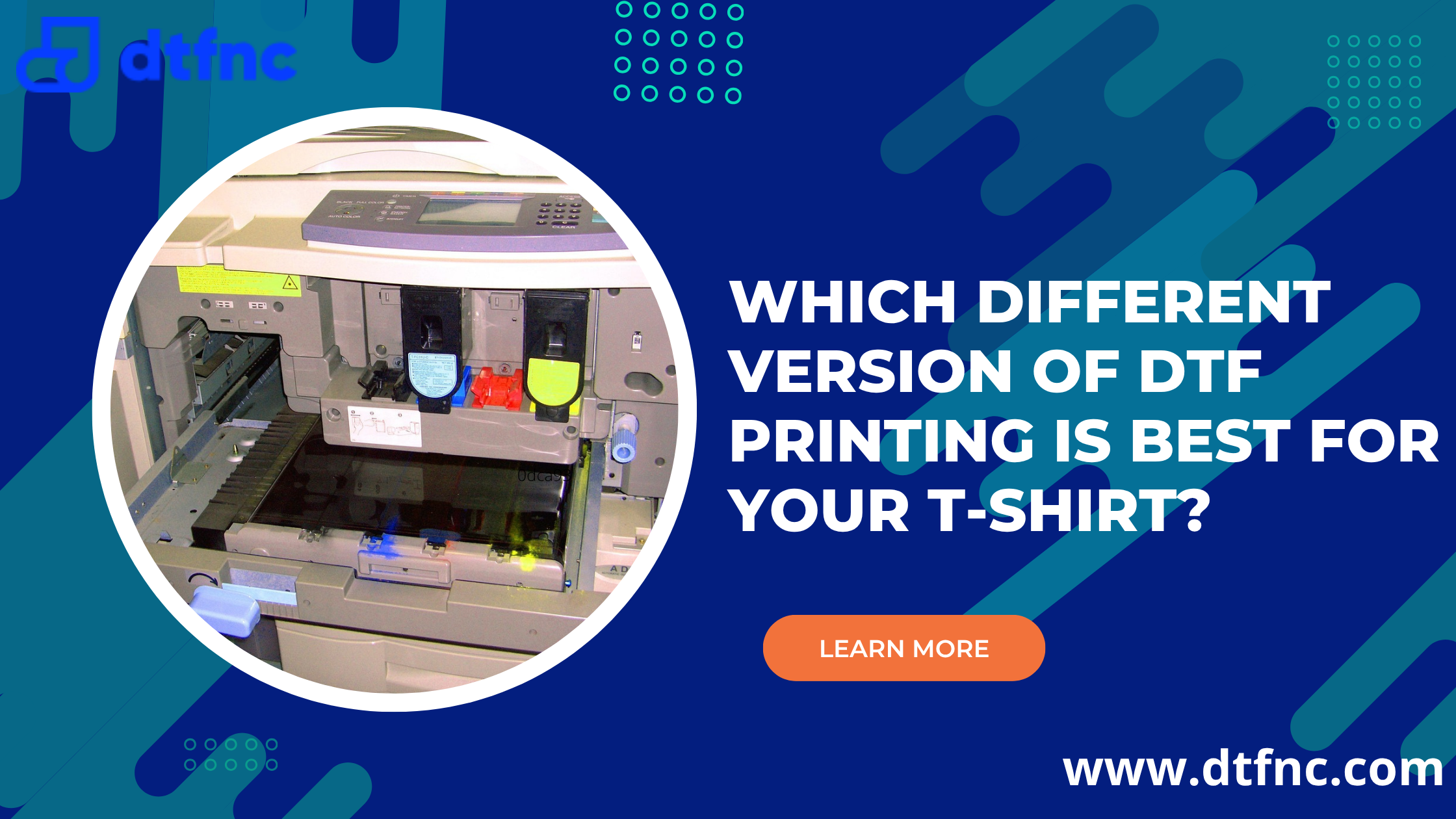
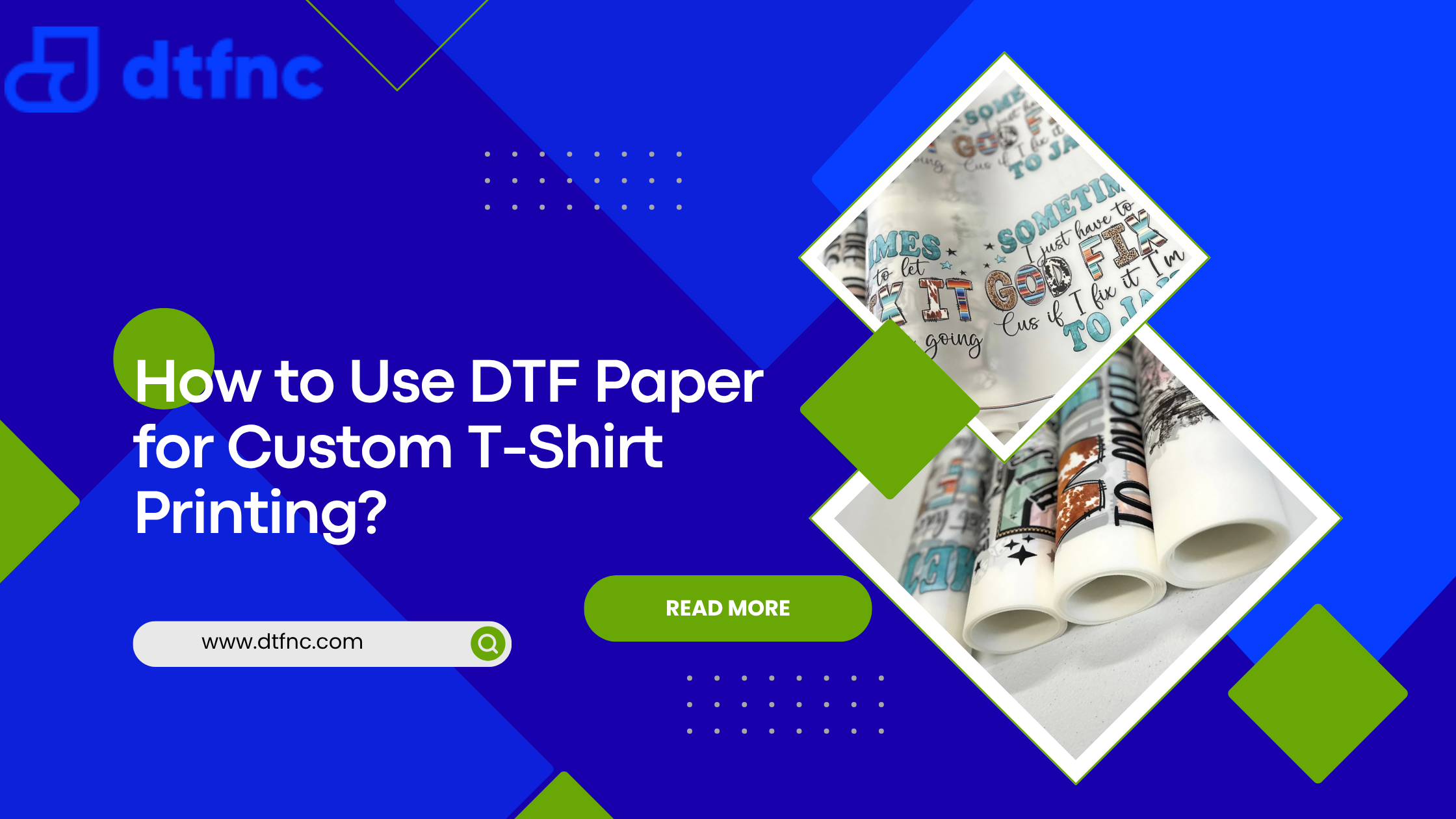
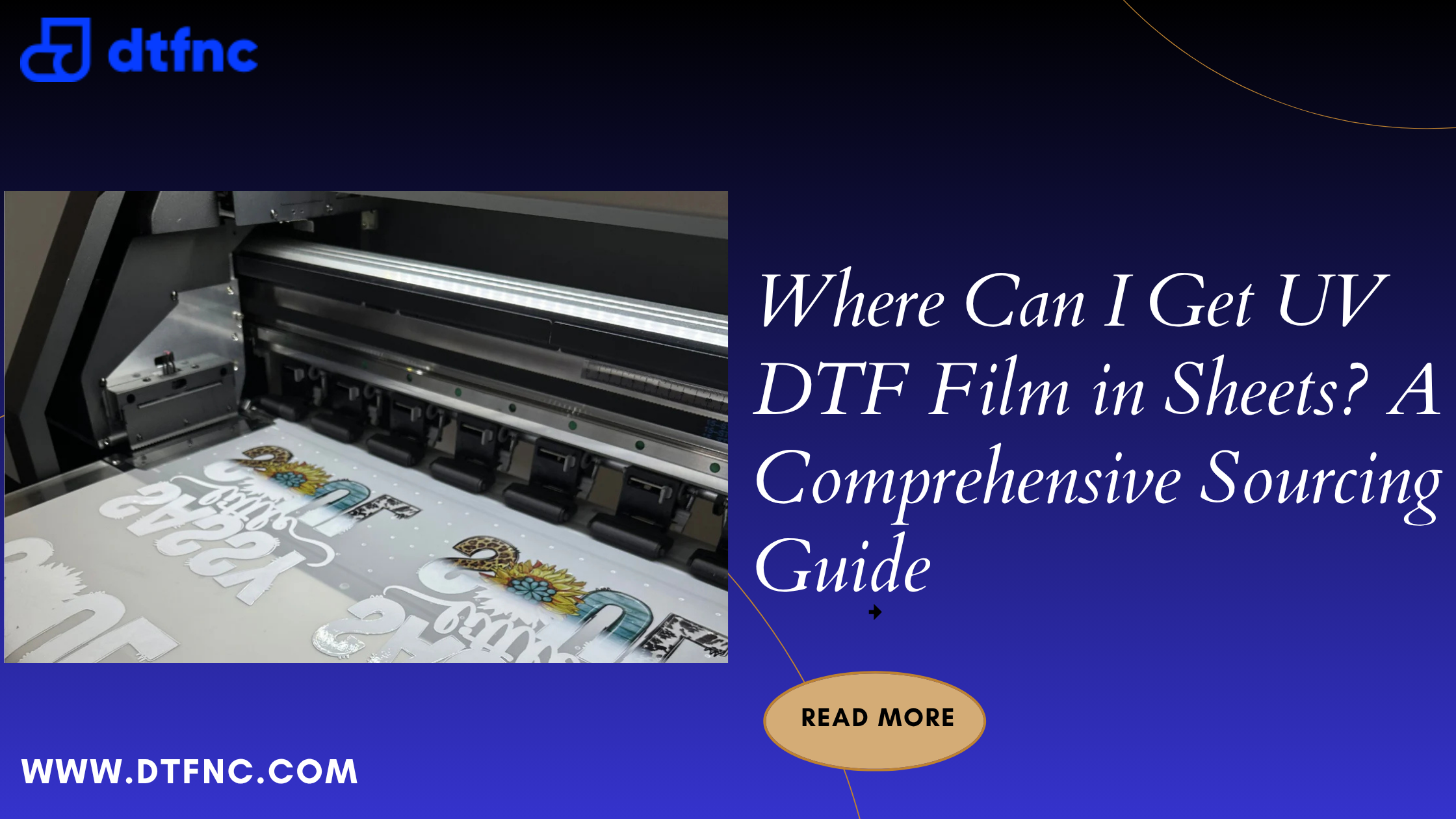
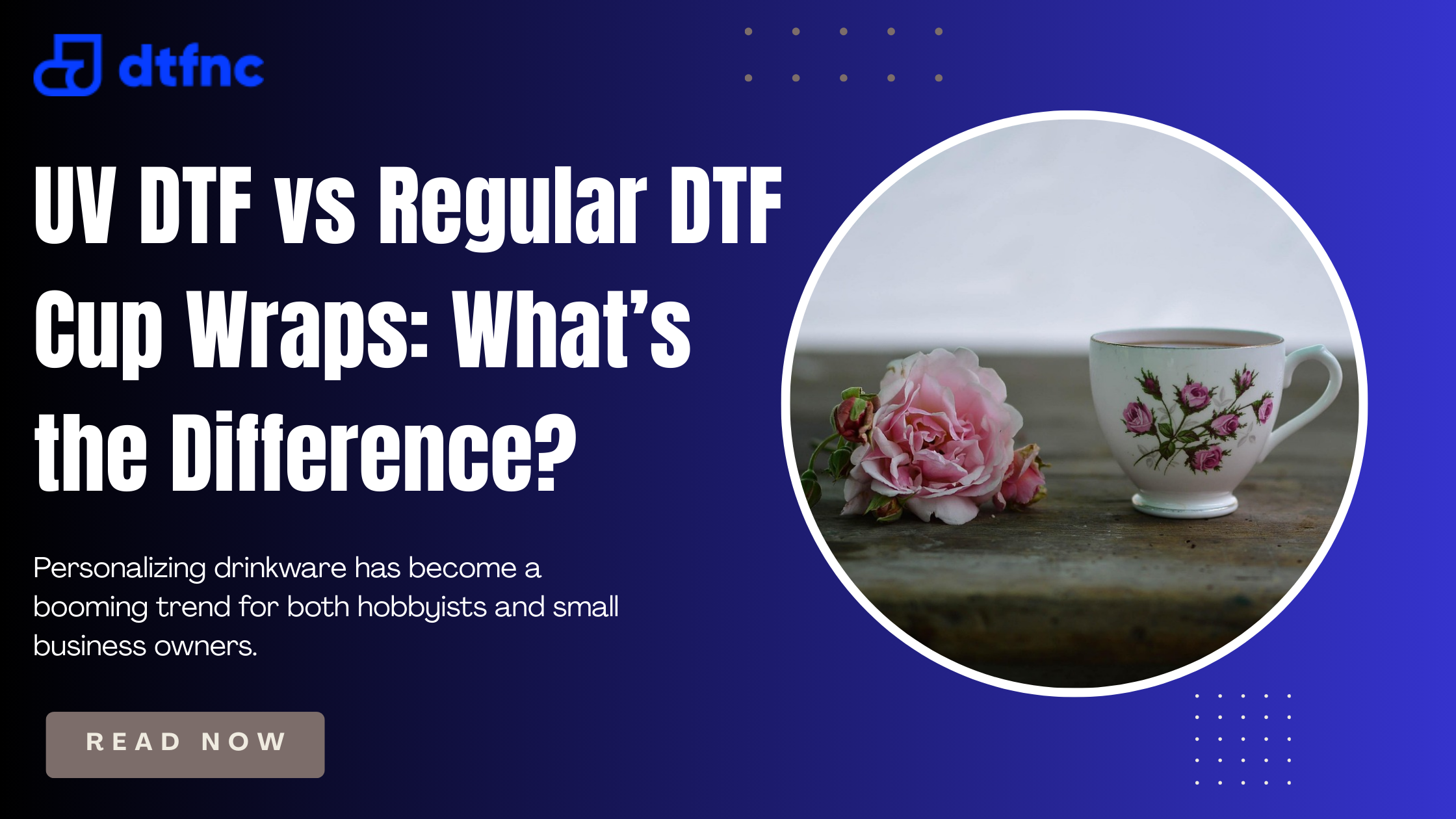
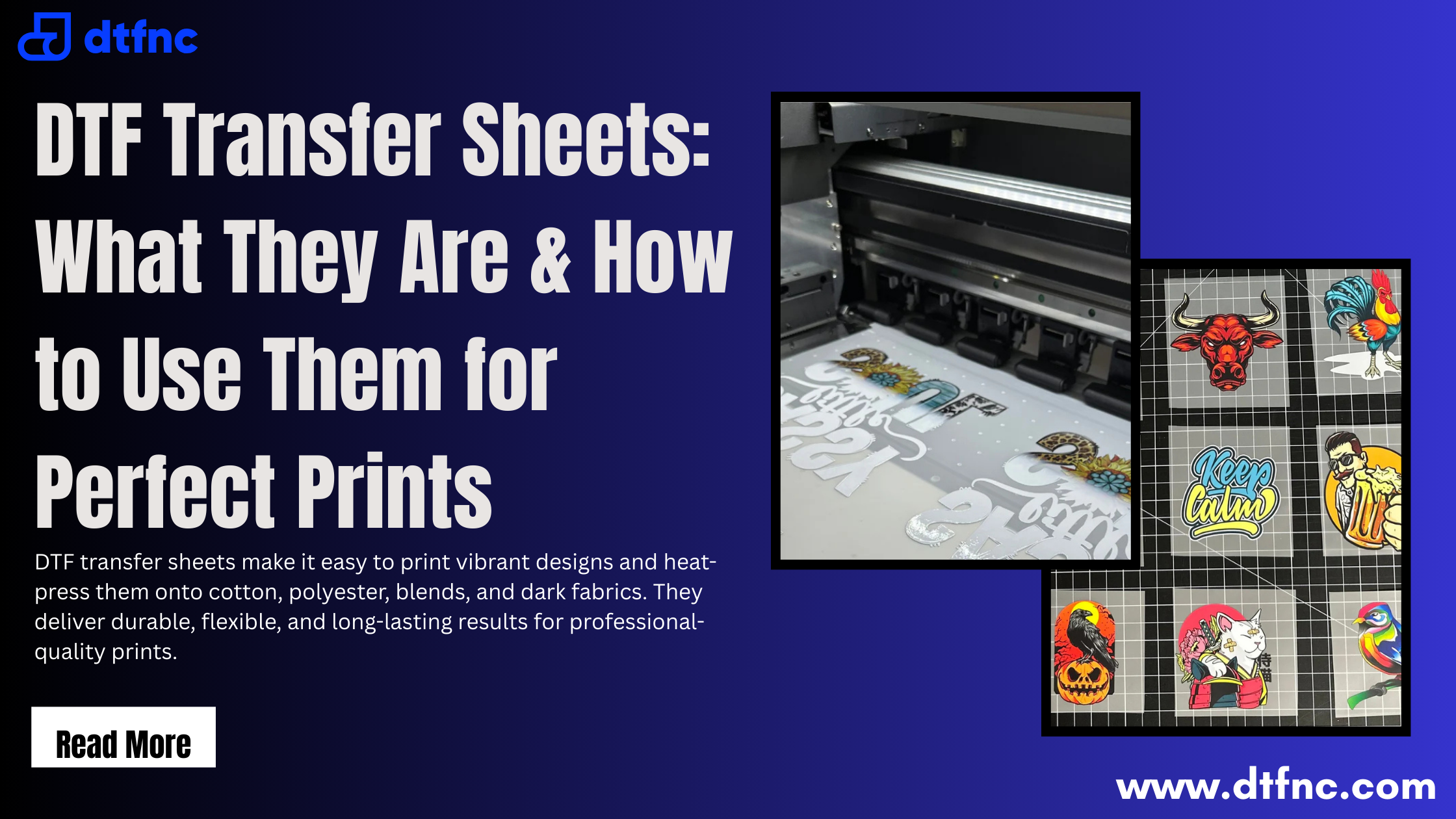
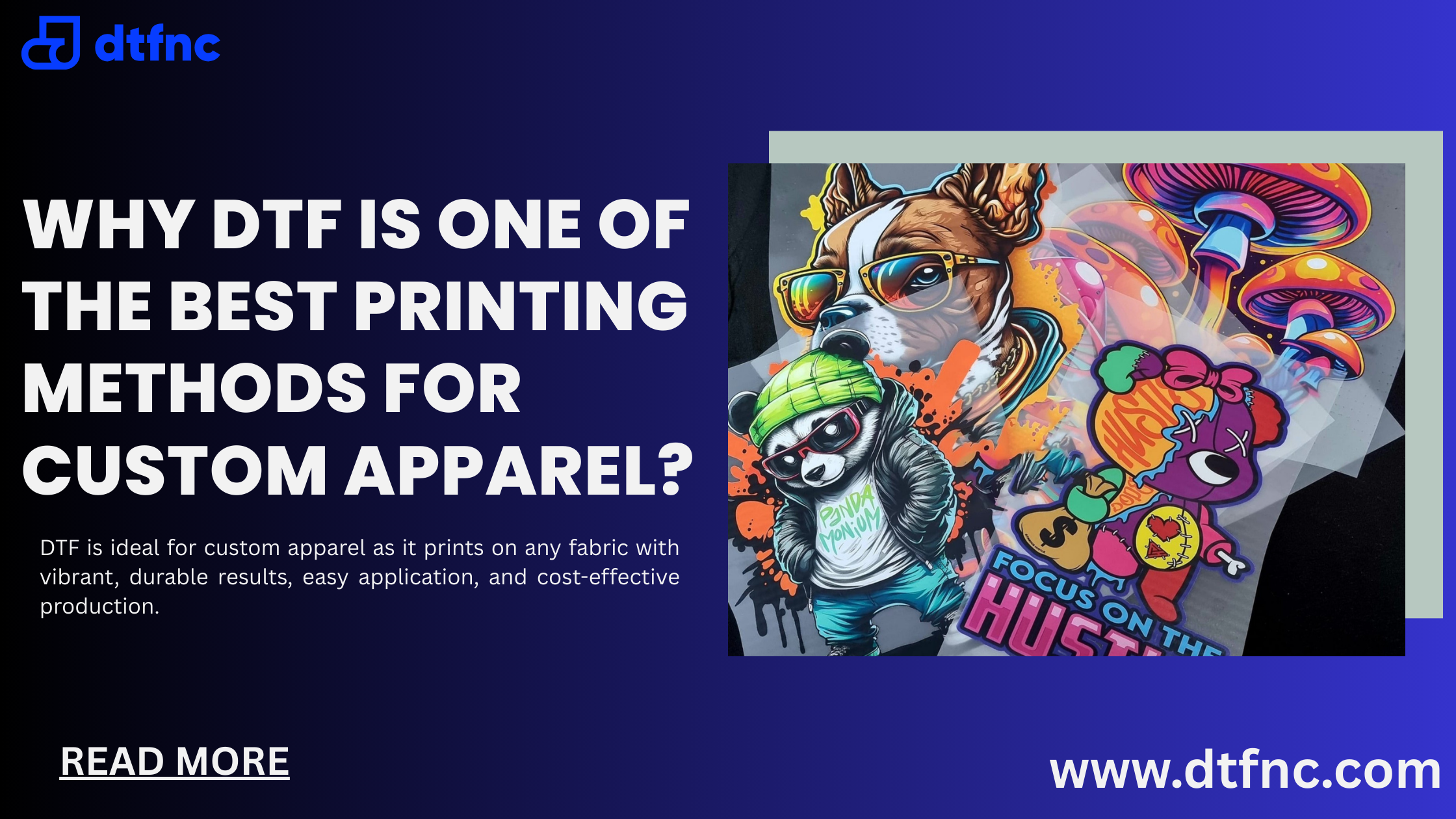
1 comment
Mildred Tyson
I really appreciate the information u gave about the differences between Screen Print and DTF’s. I had seen the screen prints, however, didn’t understand them. Now i do. I’ll go with DTF’S (for my budget). Thank You